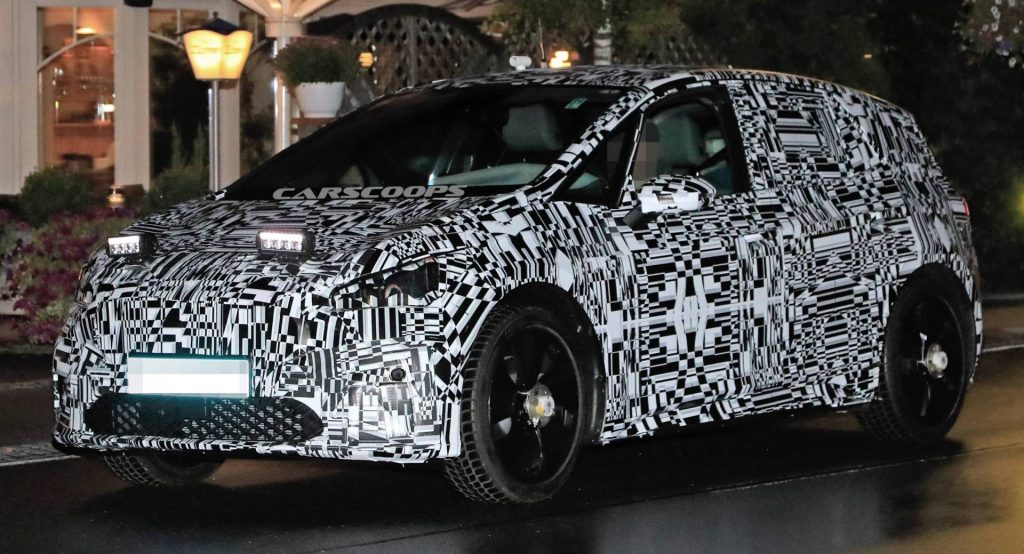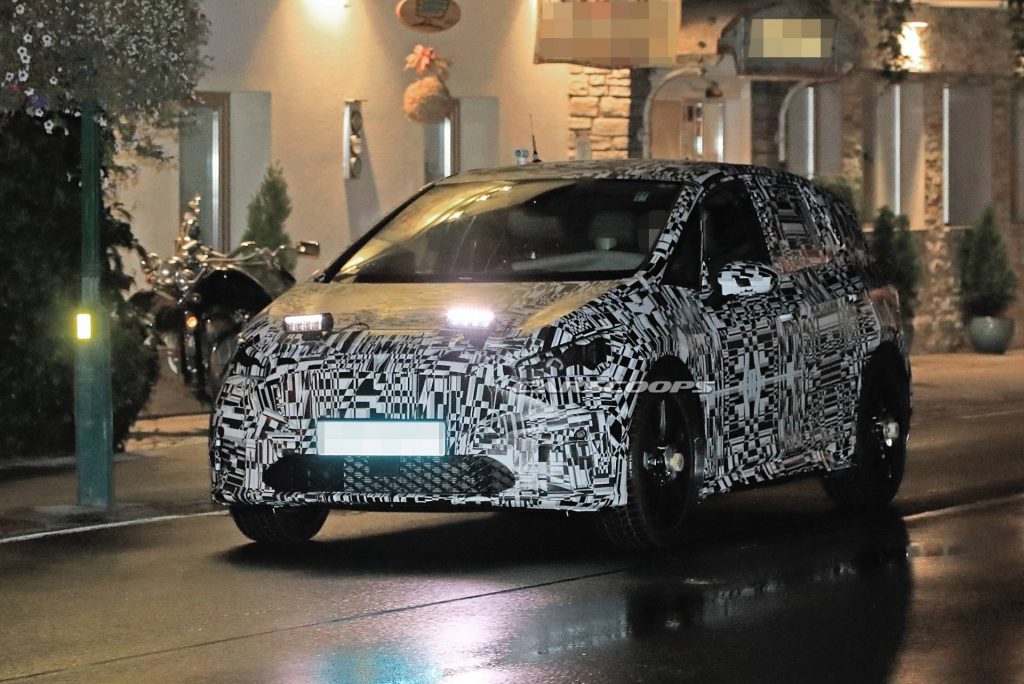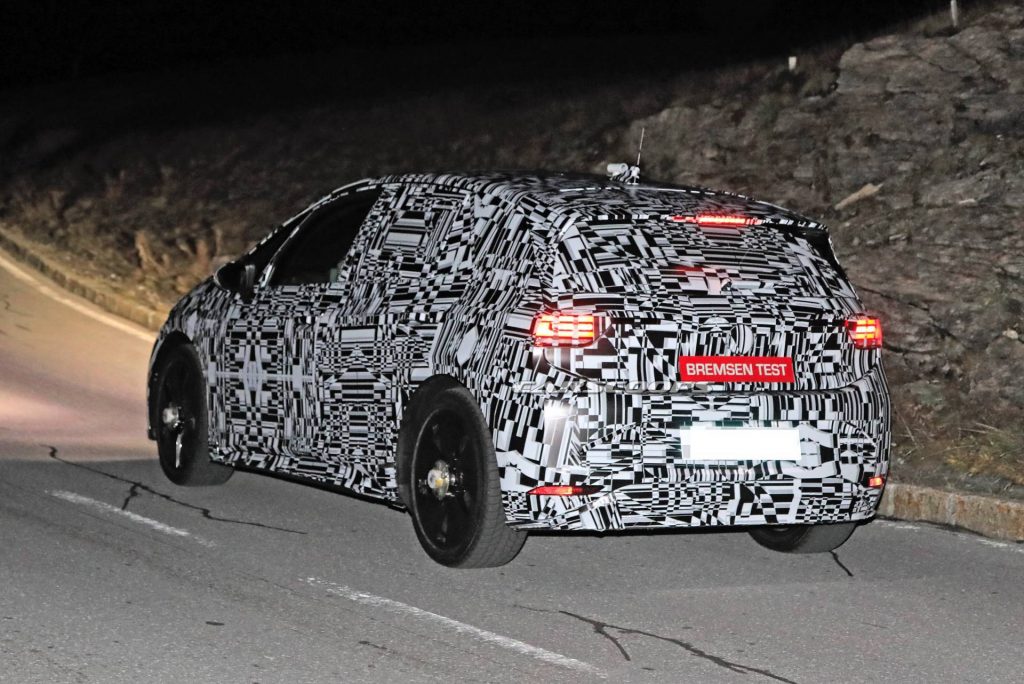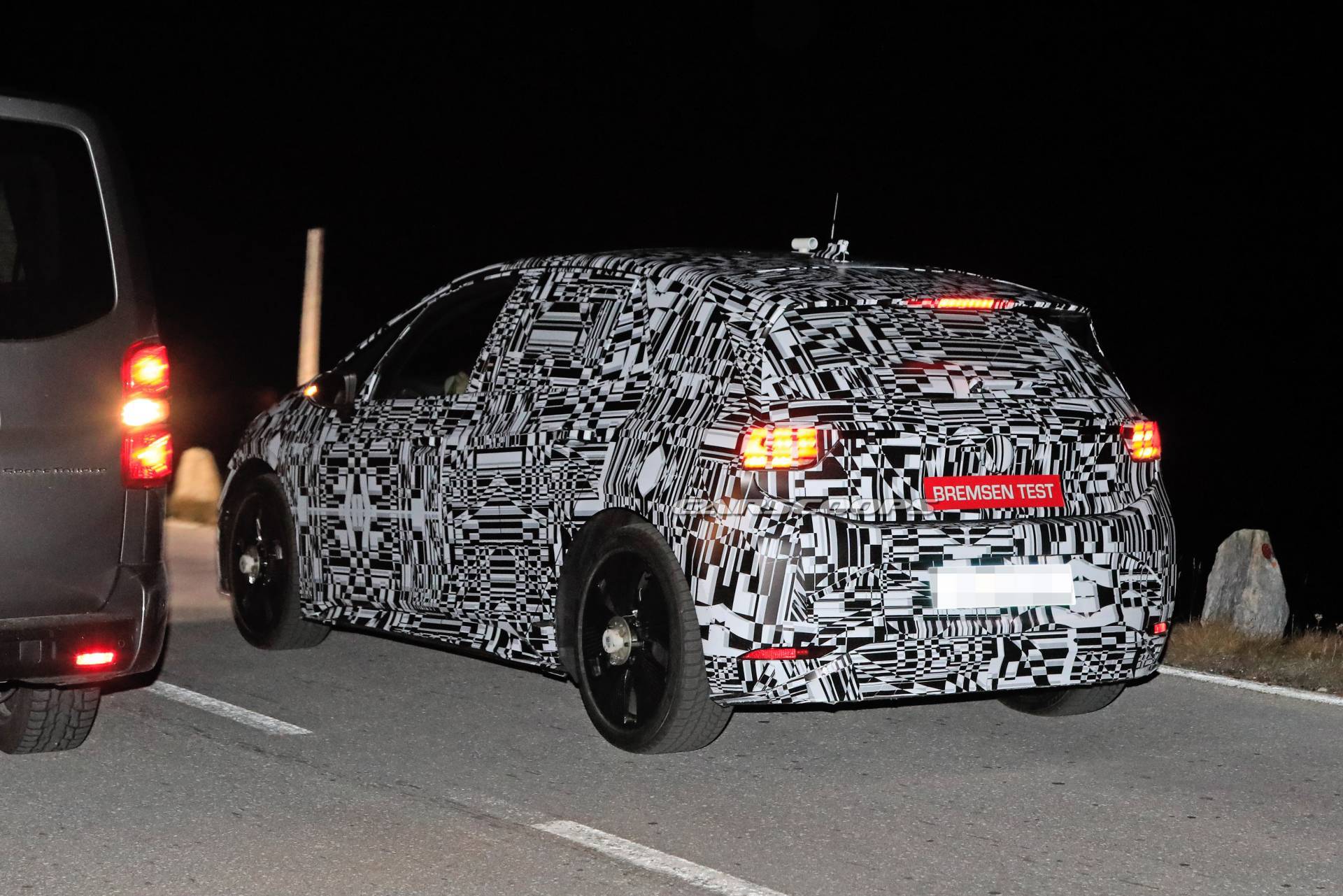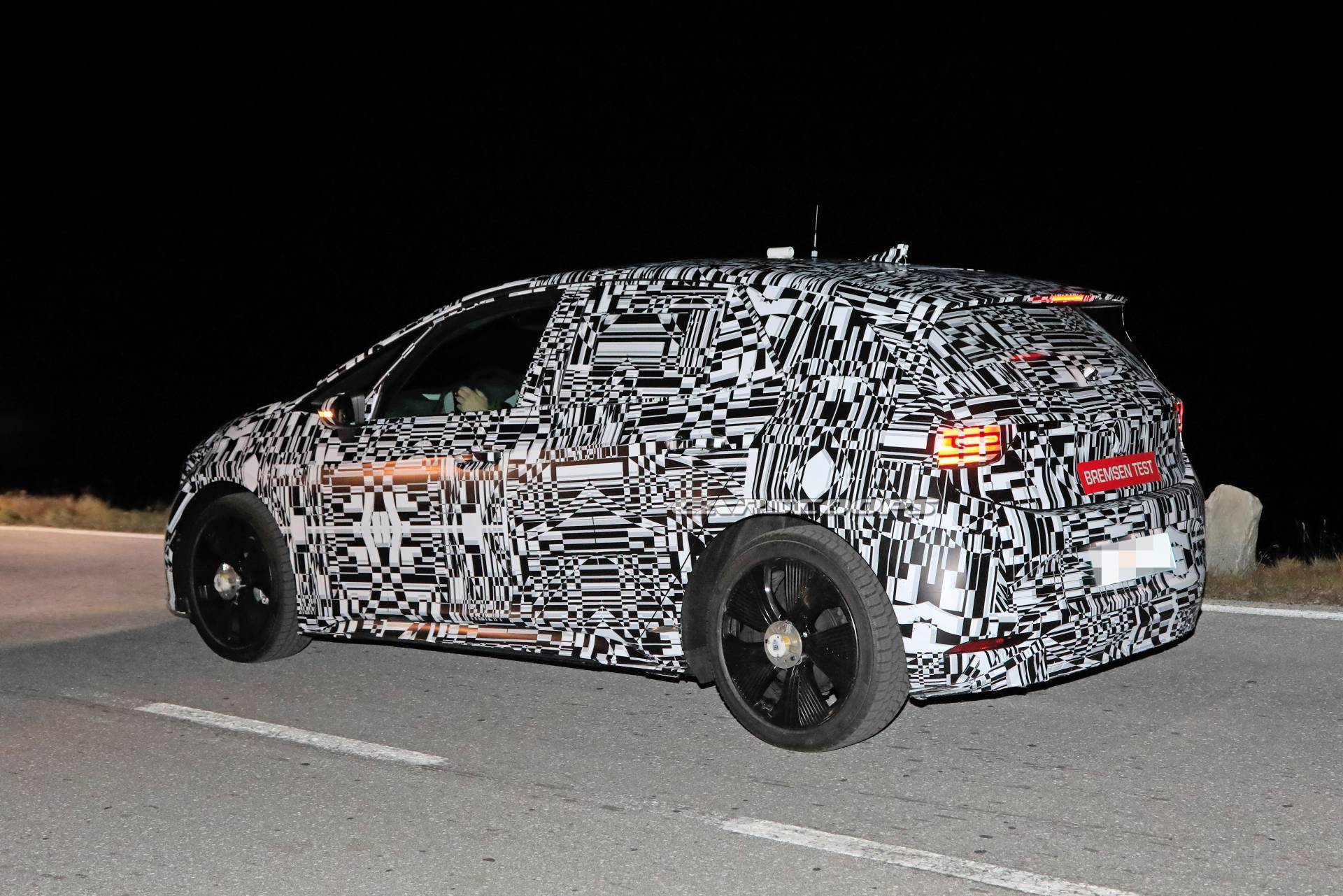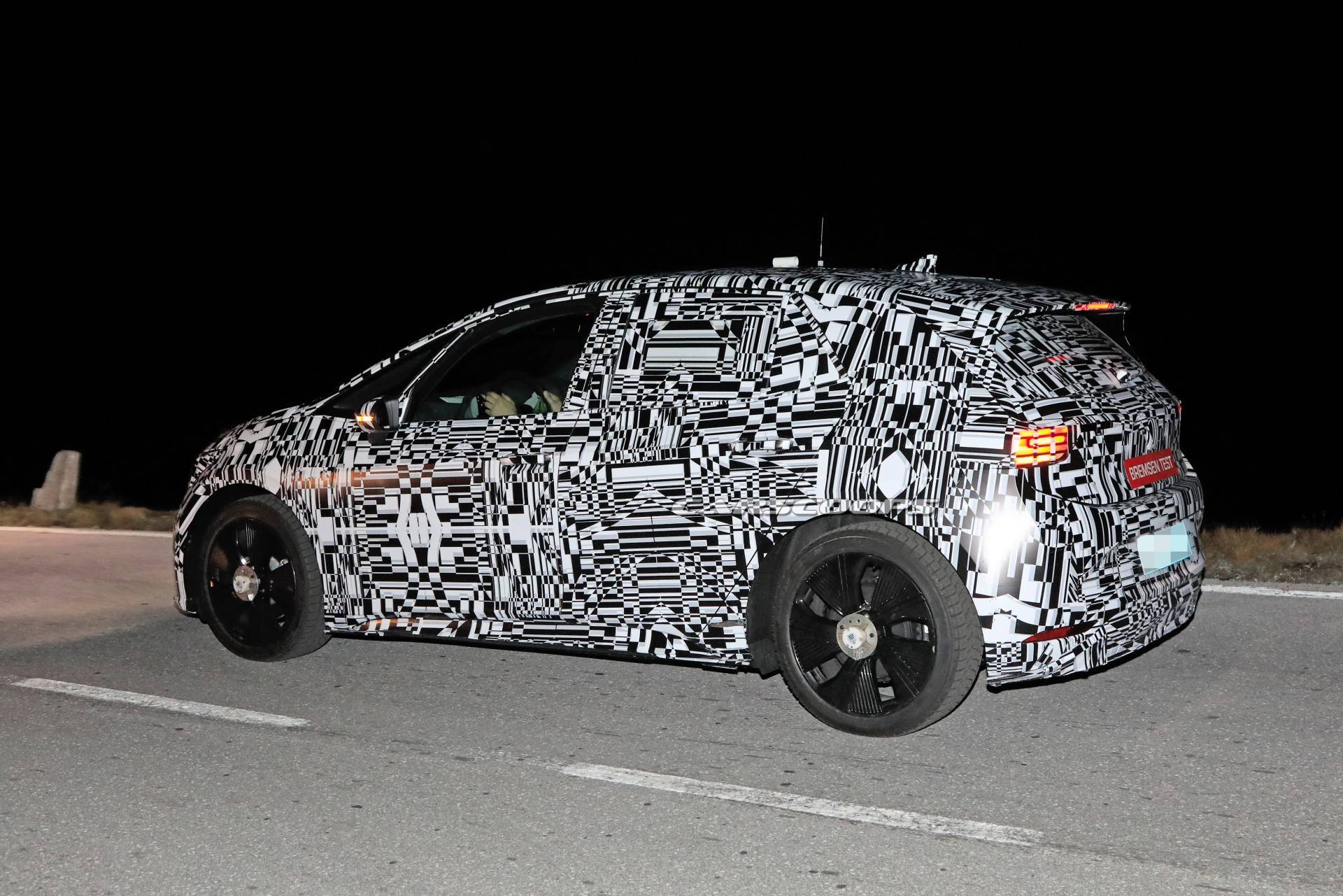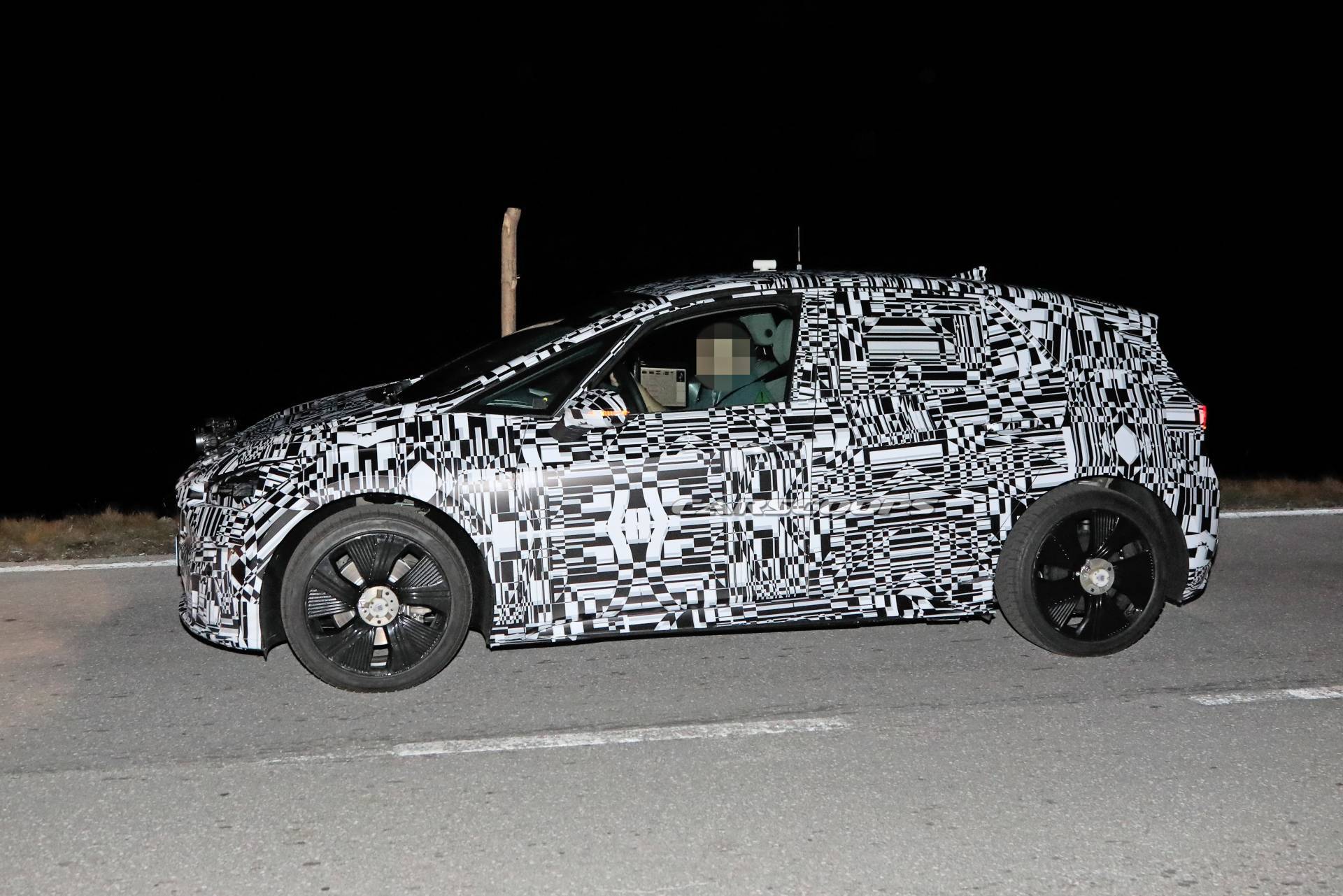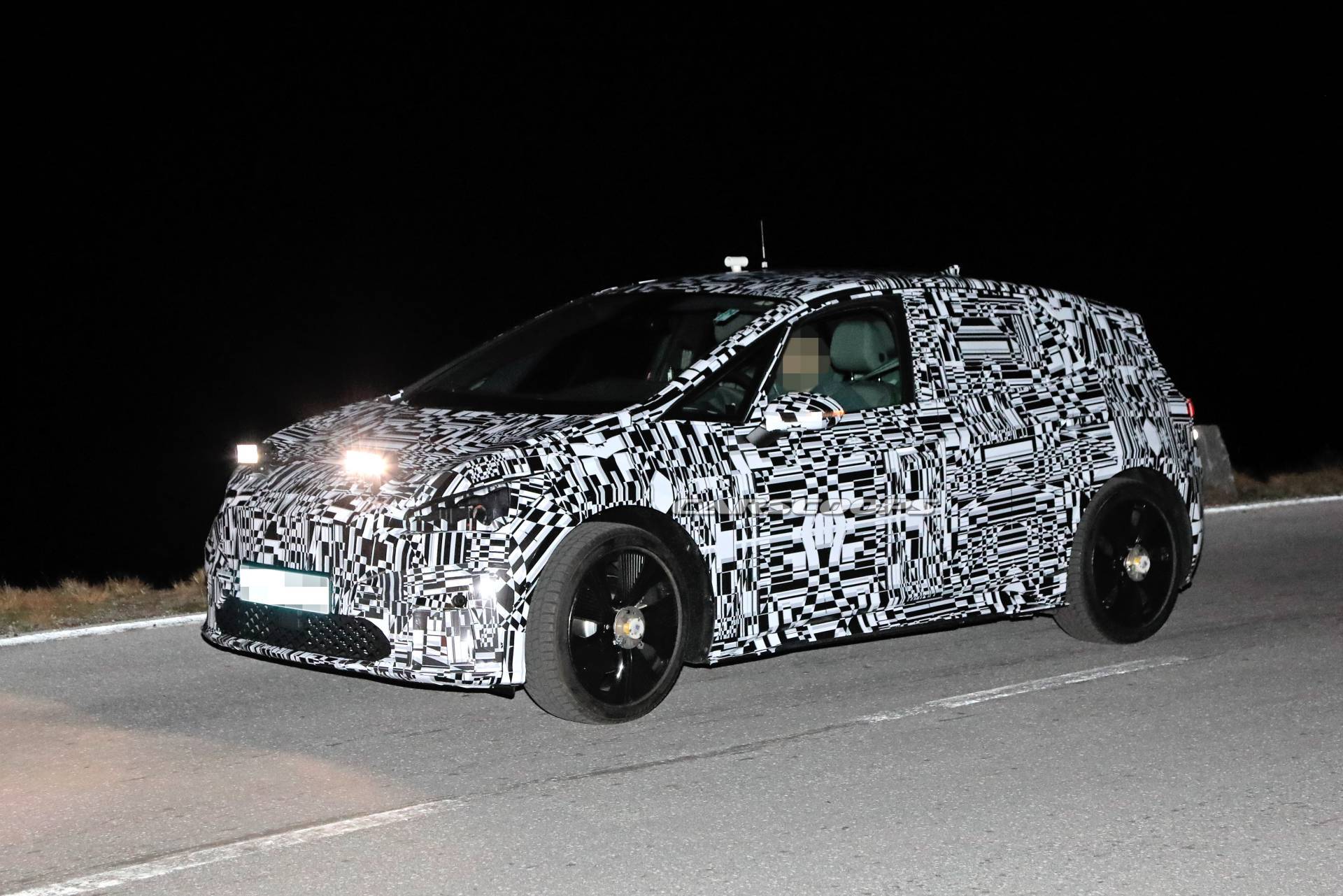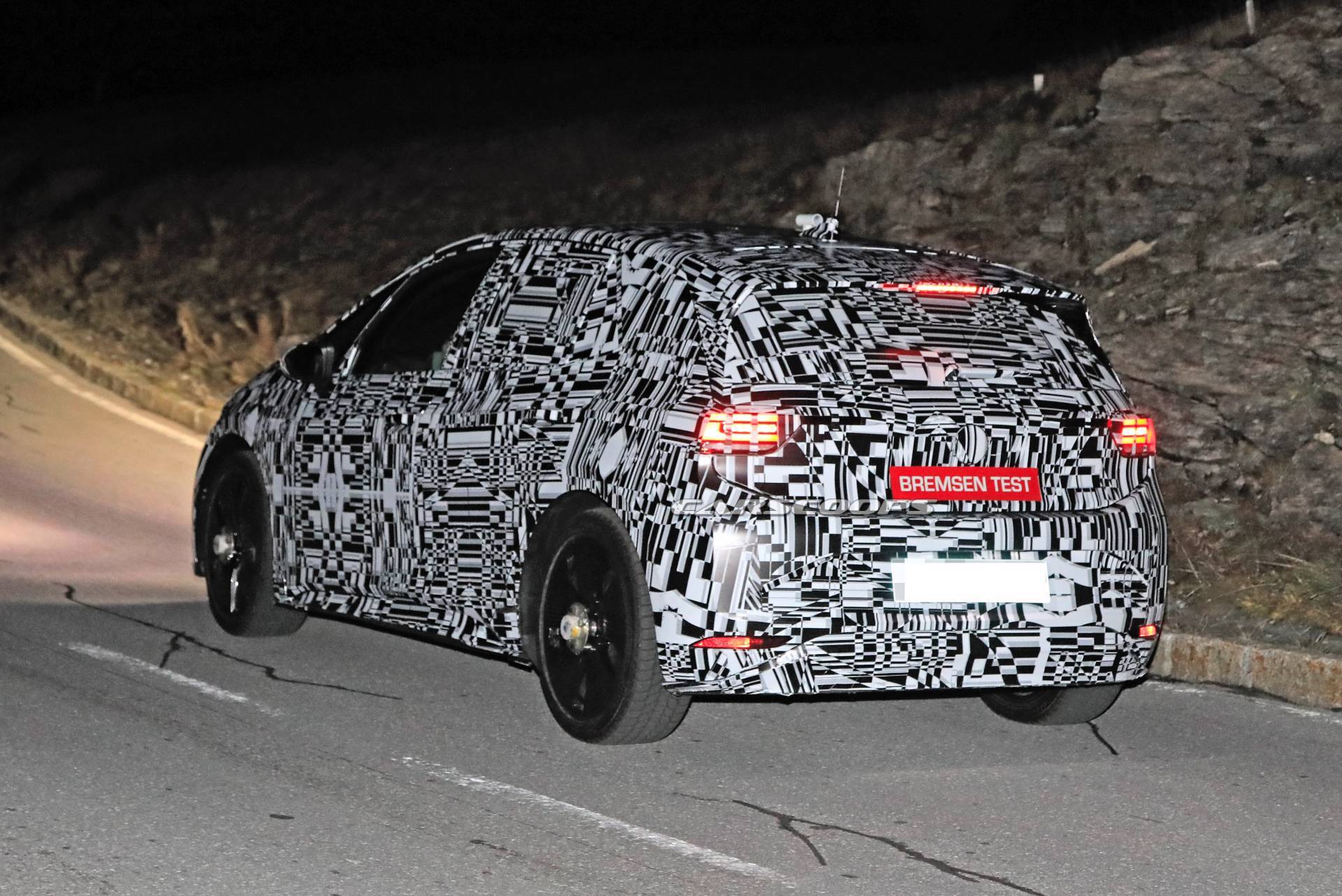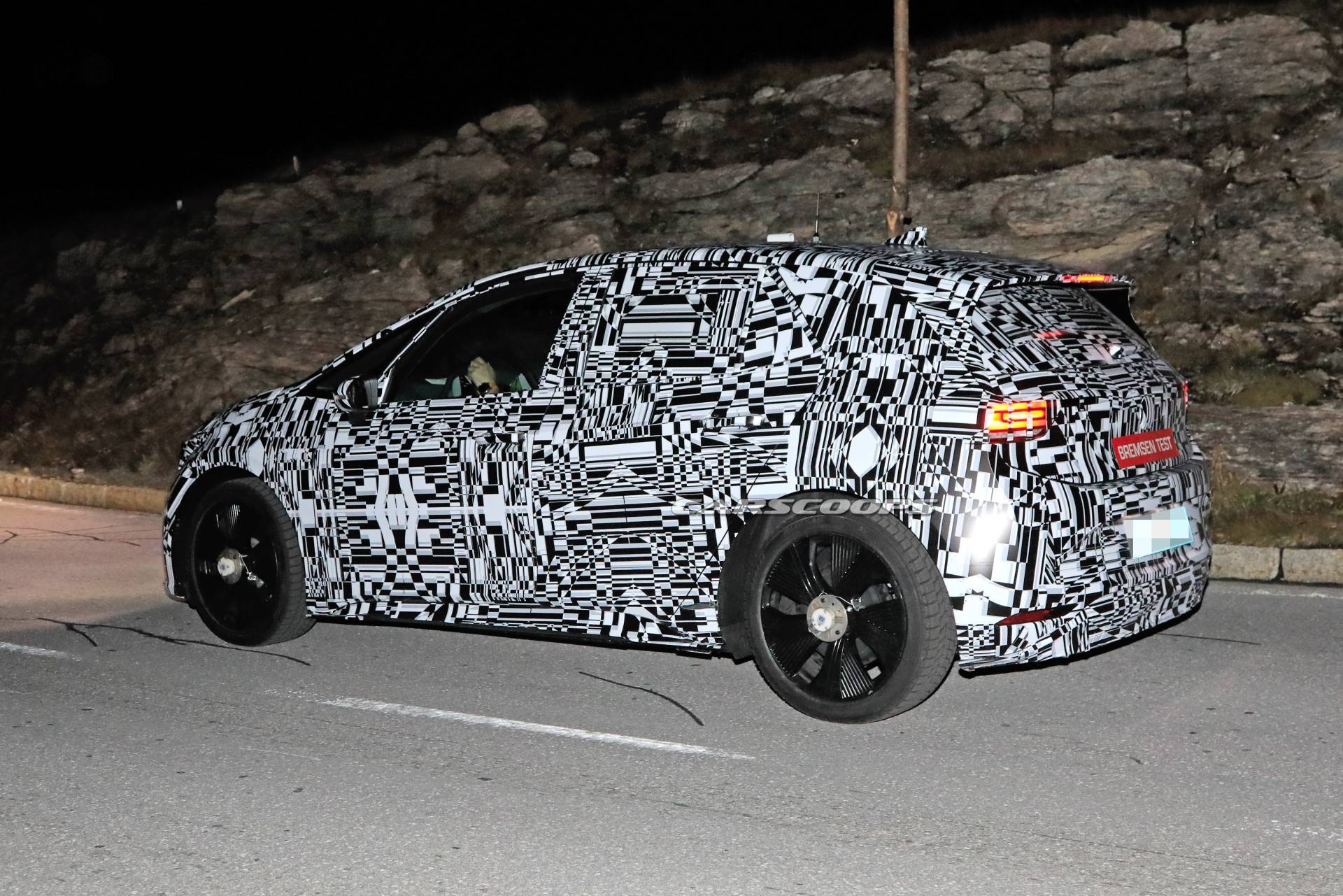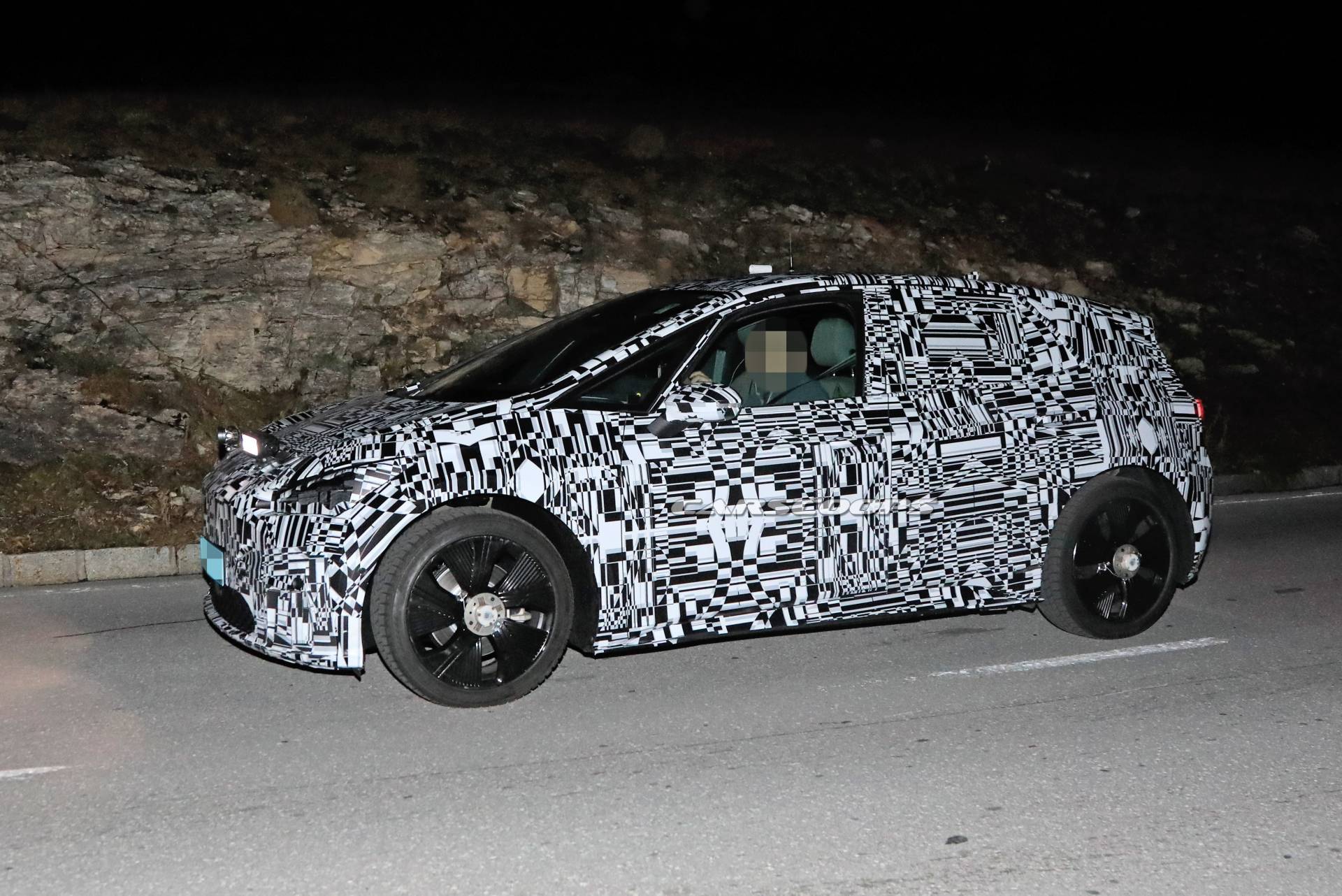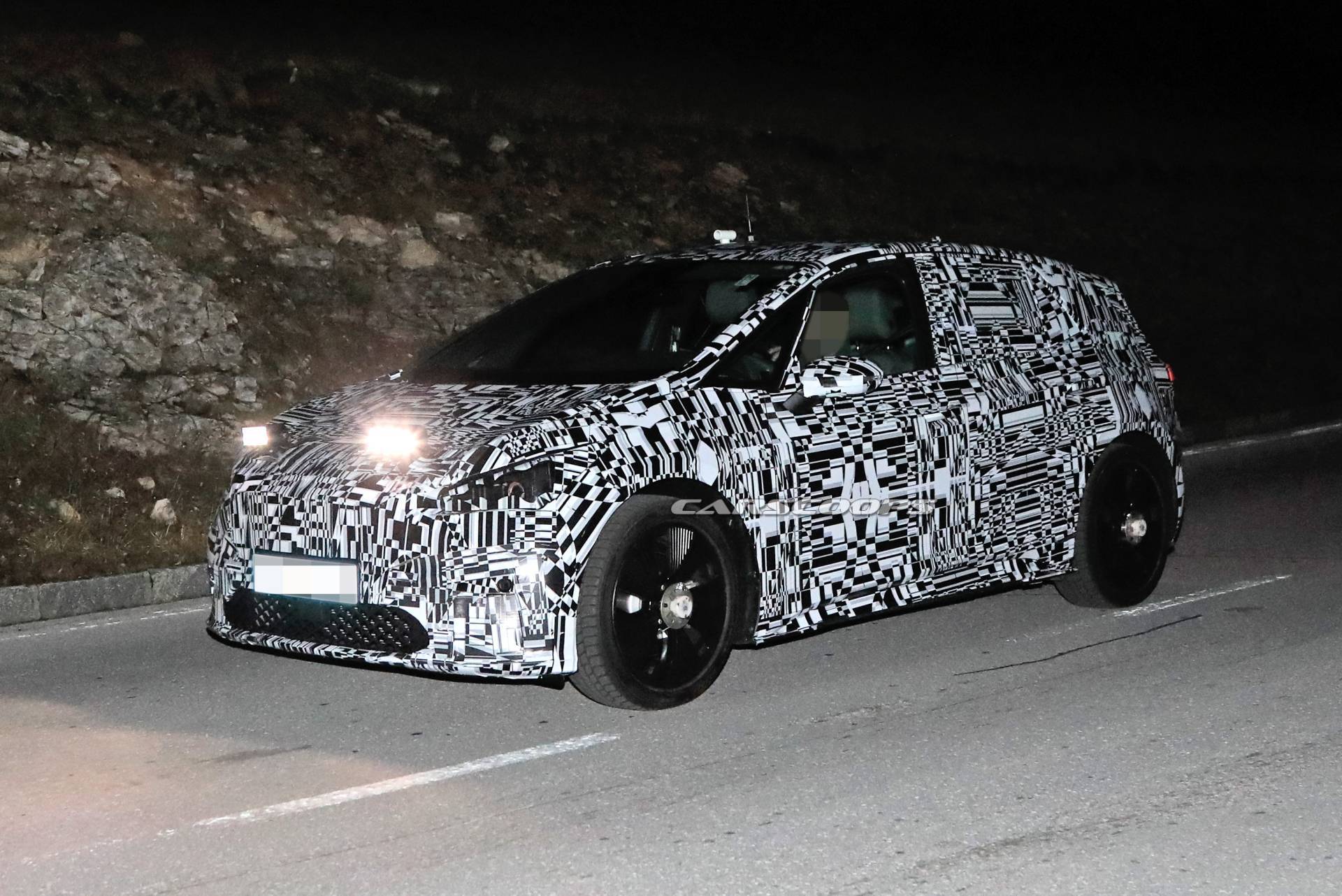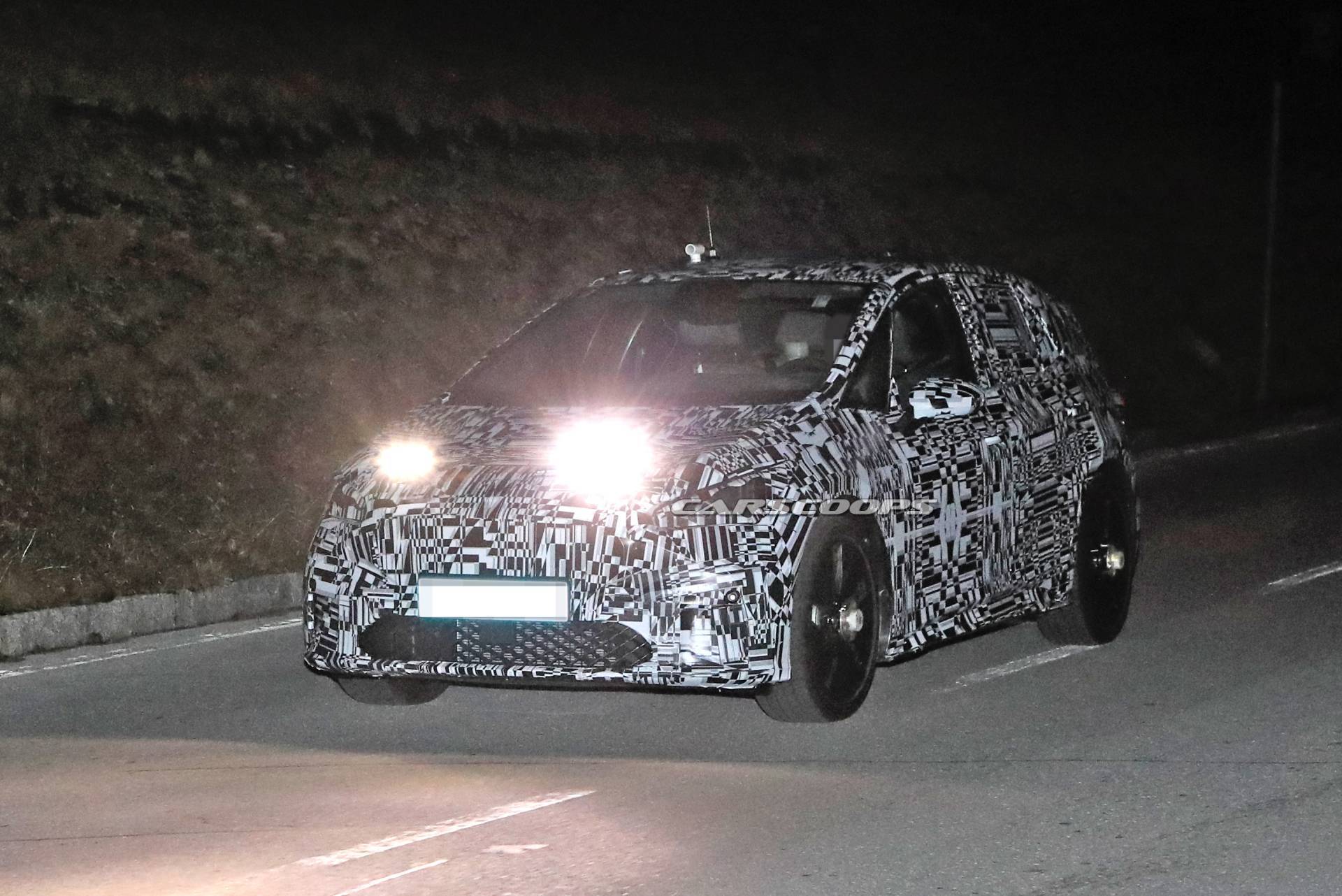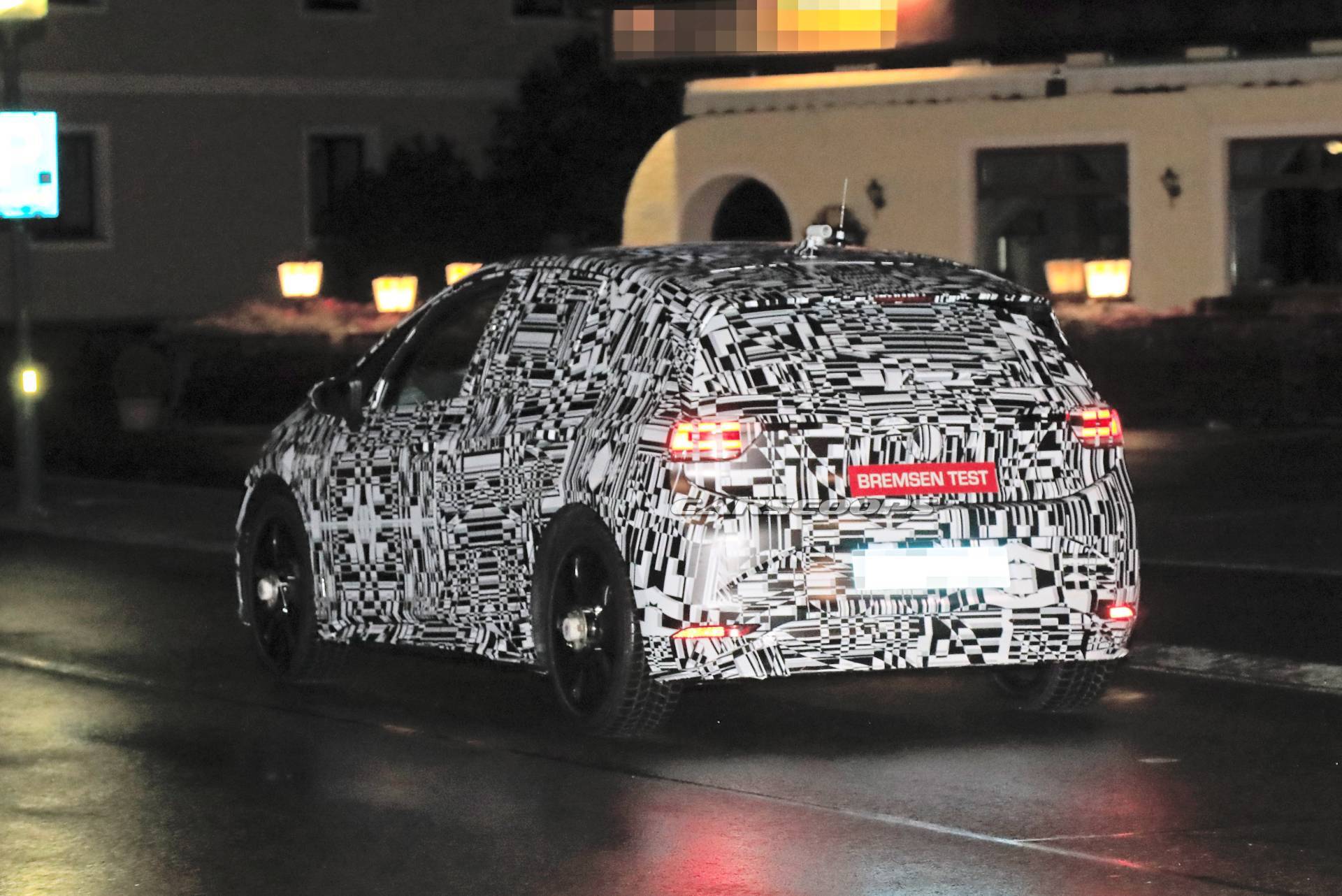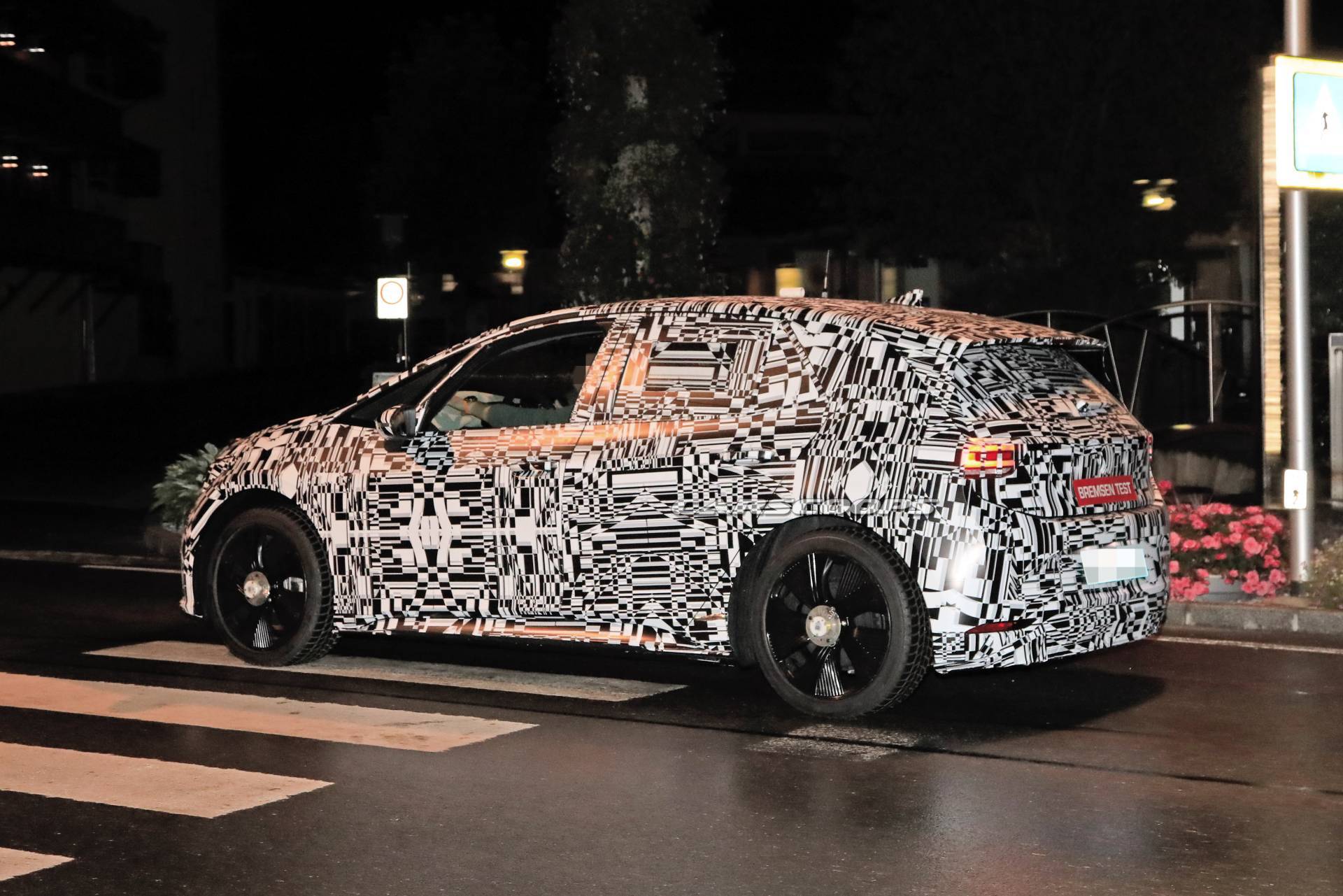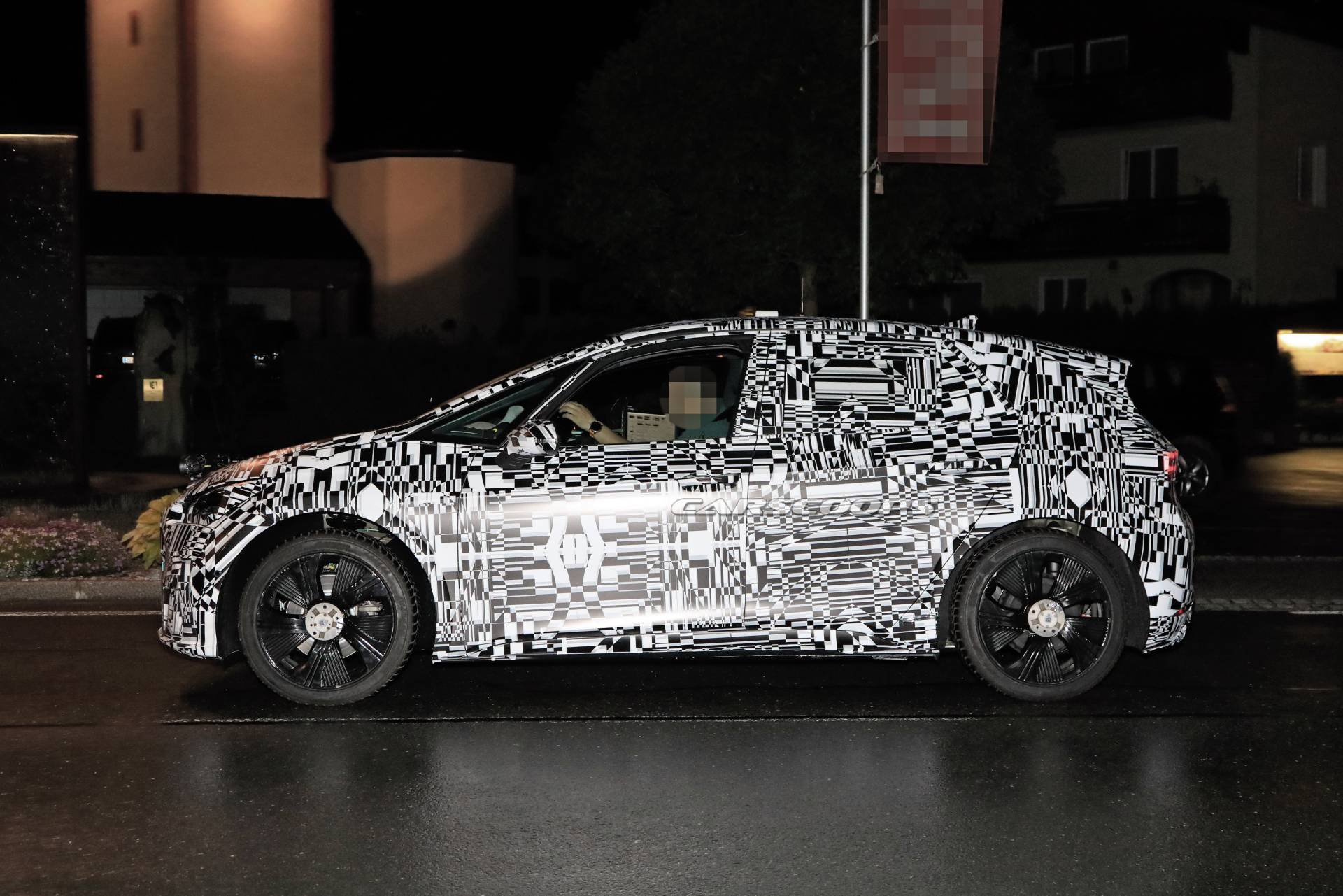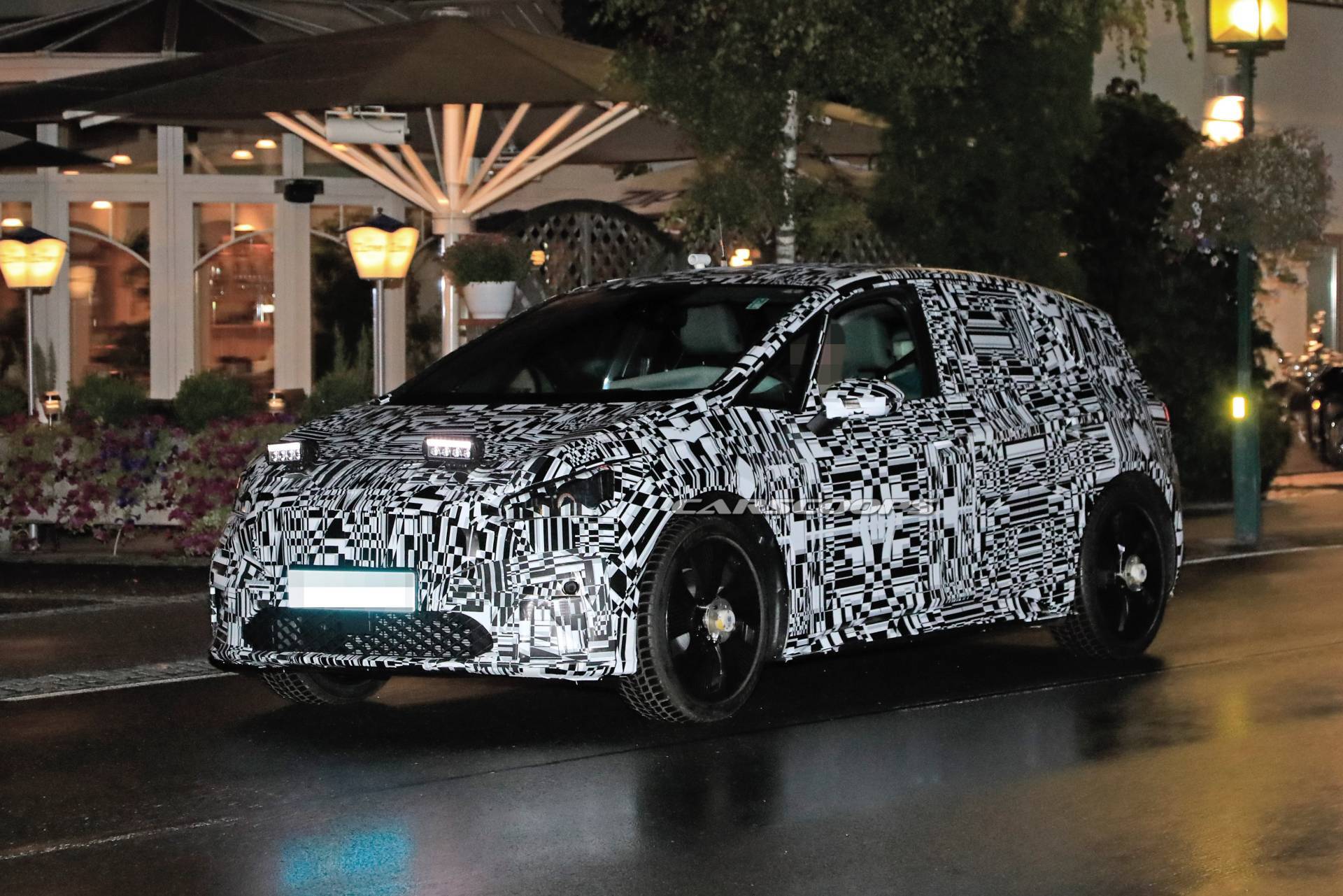As anticipated by the el-Born Concept earlier this year at the Geneva Motor Show, Seat will get its own version of the VW ID.3 compact electric hatch.
Whether or not it will retain the el-Born name is unknown at this point, but judging from these first spy shots of the production model, one thing is certain: it will indeed be the ID.3’s Spanish twin.
There will be some design changes, of course, as illustrated by the el-Born Concept which is nothing more than a thinly-disguised version of the production car. Besides the Seat badging, the EV will also feature distinct headlights and taillights (the latter united by an illuminated strip), more aggressive-looking bumpers, a “floating roof” treatment for the C-pillars, and different alloys.
Also Read: 2020 Seat El-Born Will Attack The EV Market Next Year
Overall, the el-Born will feature a sportier and more emotional design, as befitting the Spanish brand. While we don’t have photos of the interior, we don’t expect any significant changes compared to the study.
When the el-Born launches in 2020, it will use the same MEB modular electric platform as the VW ID.3, which means it will offer a range-topping 64-kWh battery pack making possible a driving range of 420 km (261 miles). Thanks to compatibility with up to 100kW DC supercharging, it can be charged from 0 to 80 percent capacity in as little as 47 minutes.
The battery will power to a rear-mounted electric motor rated at 204 PS (201 HP / 150 kW) and 310 Nm (229 lb-ft) of instantly-available torque. Driving the rear wheels via a single-speed transmission, the motor will enable the EV to sprint from 0 to 100 km/h (62 mph) in 7.5 seconds and reach an electronically limited top speed of 161 km/h (100 mph).
For now, it remains unclear whether Seat’s electric hatch will also be available with the 58-kWh and 45-kWh batteries or the 147 hp (147 PS) entry-level electric motor from the Volkswagen ID.3.



